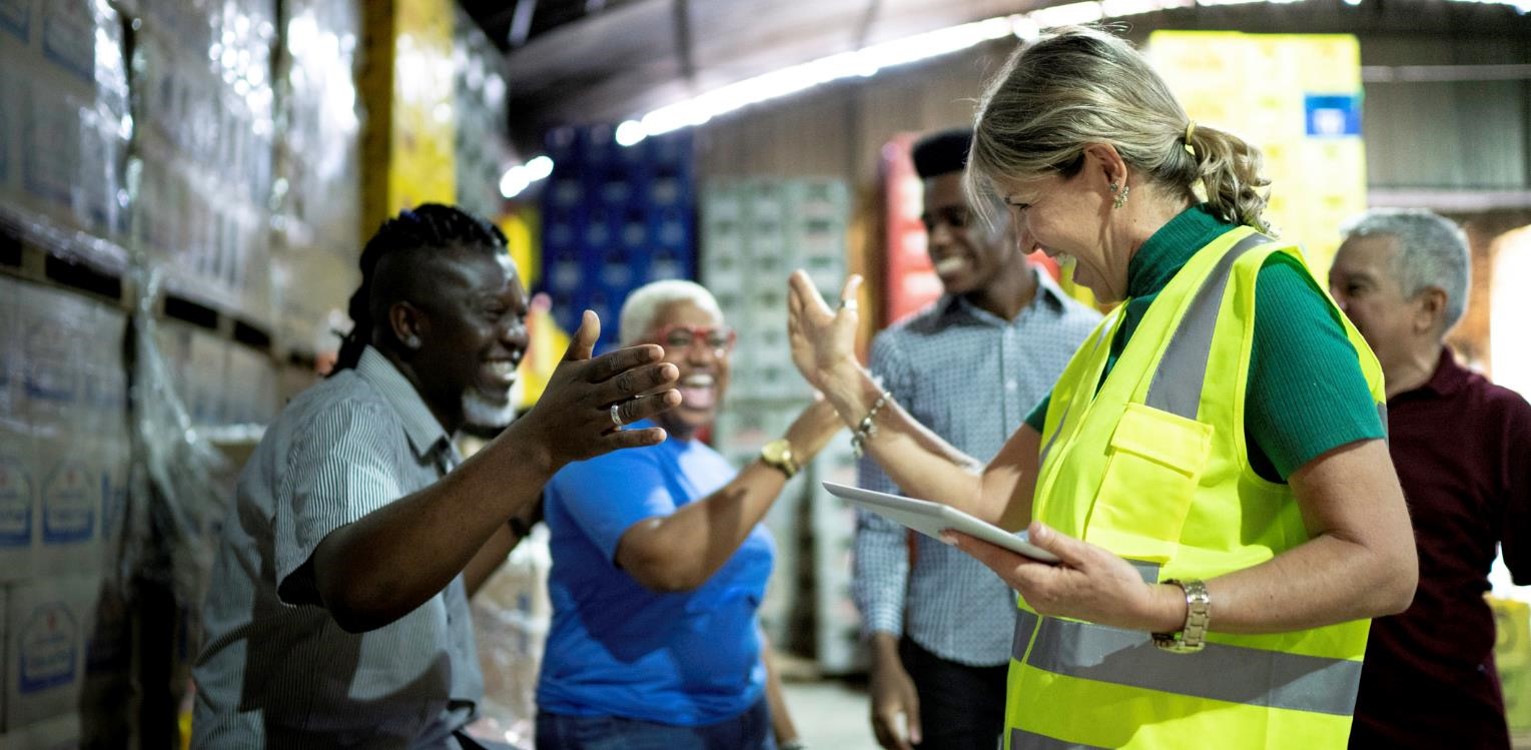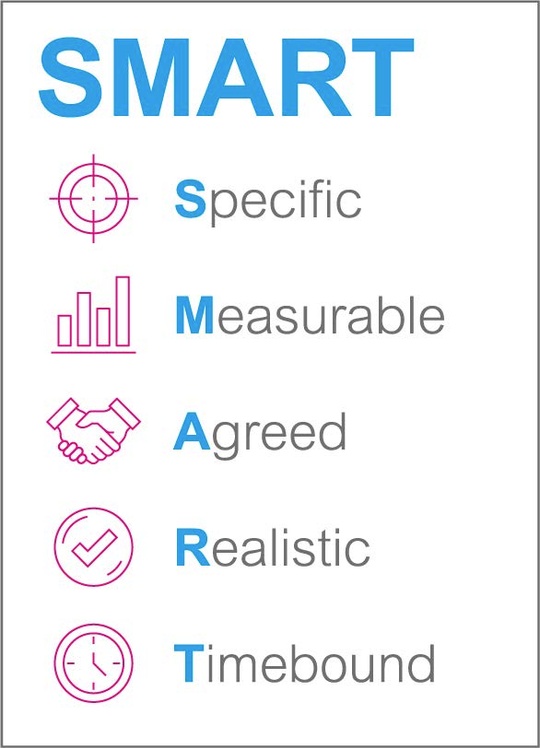Leadership in a Changed World Creating a High Performance Environment

As our businesses emerge from this global pandemic, leadership is critical to achieving the kind of growth and fighting spirit we will need to see in the months and years to come. For many leaders this new world and way of working commands us to draw on entirely new skills. It will be the role of the leader to create and maintain a high-performance environment that can not only withstand the changes to come, but also embrace the potential for new and exciting opportunities that lie ahead.
This is number three in a series of six articles where we explore leadership in a changed world, in this article we explore:
- How do we create a high-performance environment
- Supporting individual performance
- Agreeing individual expectation
- Measuring Performance
- Balancing well-being and performance
How do we create a high-performance environment?
To create a high-performance environment, we must first identify a clear plan and a vision that will successfully allow us to transition from responding with crisis management to increasing engagement and getting towards optimal productivity.
Individual team members are the building blocks to success and so we must ensure we are;
- Supporting individual performance.
- Agreeing individual expectation through effective one to ones – particularly in remote or hybrid working environments.
- Balancing wellbeing and performance.
- Understanding motivations of individuals and how recent changes may have impacted or affected them.
Supporting individual performance
We all feel more in control if we know where we are going. Individual team members need to be clear what part they play in achieving objectives and be accountable for achieving expectations and standards set out for them.
In this new way of working we can no longer only focus our efforts on target-based performance measures to symbolise success. We have many more factors to consider.
Q: What expectations should be laid out to your team now given the changes we have experienced?
KPI’s and targets
- Tailored to individual abilities and factoring in varying environments.
Behavioural standards
- Remote working practices
- COVID secure standards
- Hygiene and handwashing
- Integrating back into work
Communication
- Channels
- Frequency
Consider how clear you have been with your team members on these topics so far and where needed take the first action to re-clarify these expectations. 1.
The key to having a successful team is managing their performance so that they can feel and be successful. Performance measures that are effective need to be SMART.
Specific – unambiguous, clearly defined.
Measurable – to track and learn.
Agreed – all parties are on the same page.
Realistic – Must be achievable.
Timely – we know when it needs to be delivered by.

Measuring Performance
If we set objectives, we also need to ensure we have ways to measure performance and success. Quantitative Metrics: Evaluate performance based on things that can be measured numerically.
Qualitative Metrics: Evaluate what employees are experiencing perhaps using specific wellbeing questions. Using regular reviews to measure performance whilst gather insights on what experiences look and feel like when great performances are achieved, you will be able to focus on how you can create the experience environment for individuals in which their performance can thrive.
Using one-to-one communications to inspect what we expect With our current transitional working practices, it is best that we focus on setting performance indicators that are based on achieving the outputs, i.e: the end result being achieved or expected and not necessarily the steps it takes to get there. For example, place a performance indicator on the total number of sales achieved and not on defining the number of sales calls that staff are required to make.
Communicating and checking in with each individual is important but fostering psychological safety (FPS) is all about trust. We don’t want to overdo it or micromanage our teams, equally we want them to feel supported, we therefore need to create a support and review programme that works for individuals’ varying needs.
